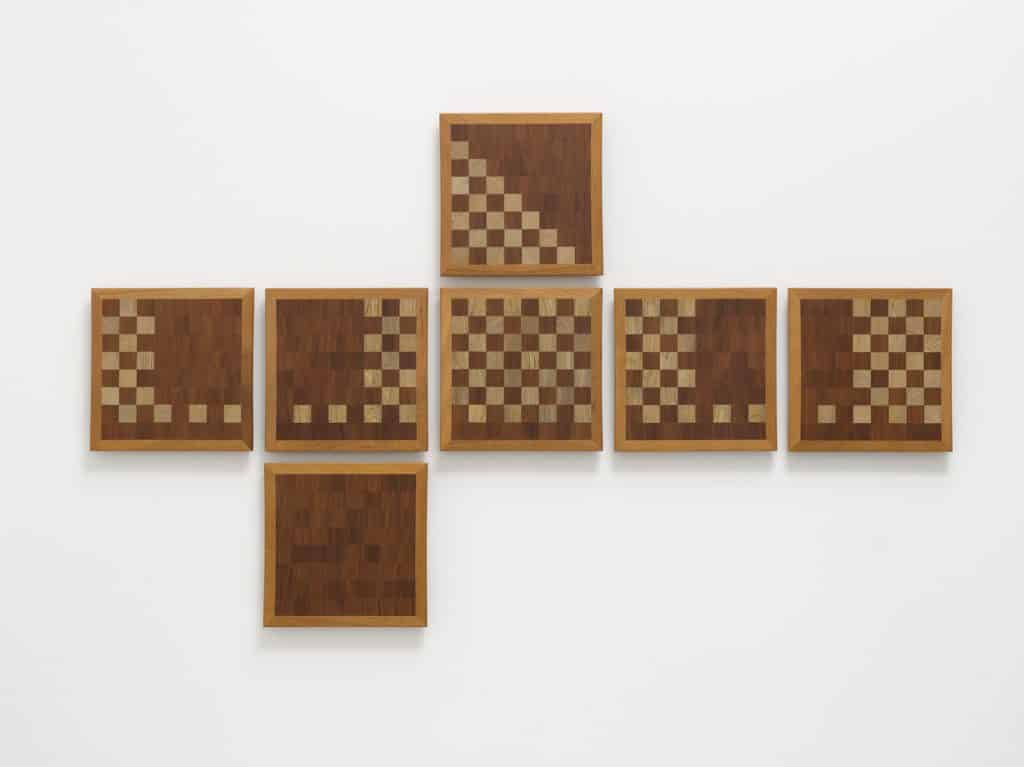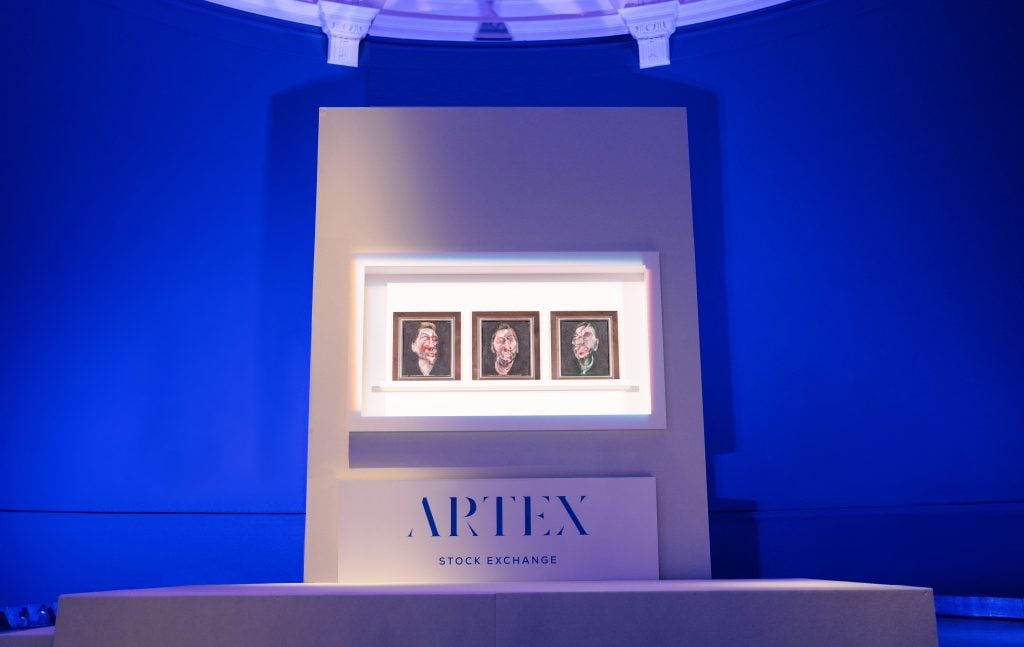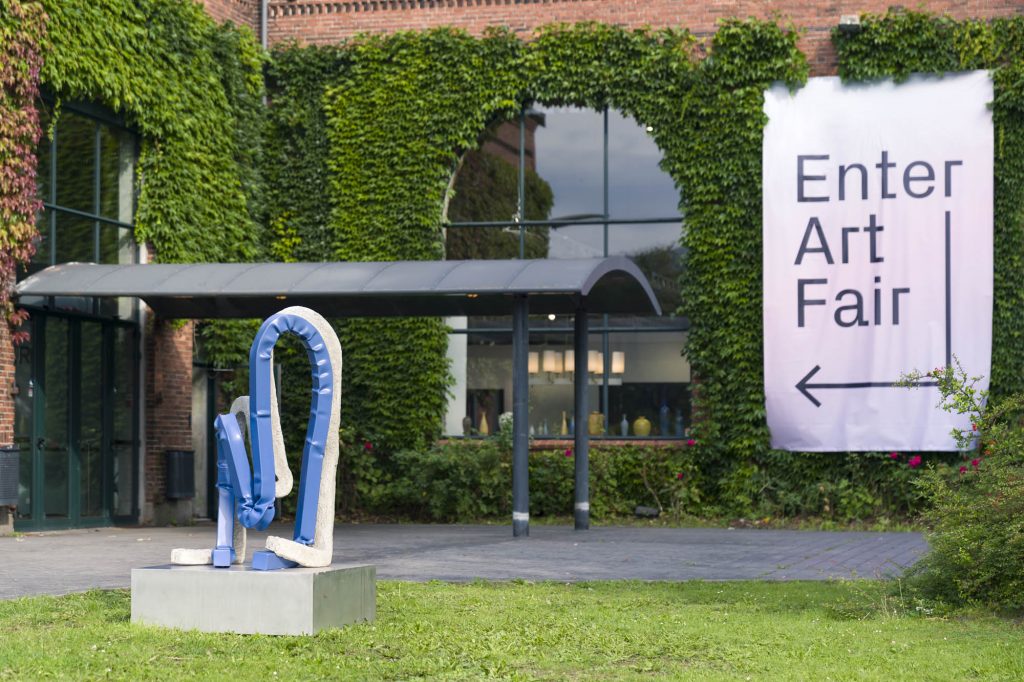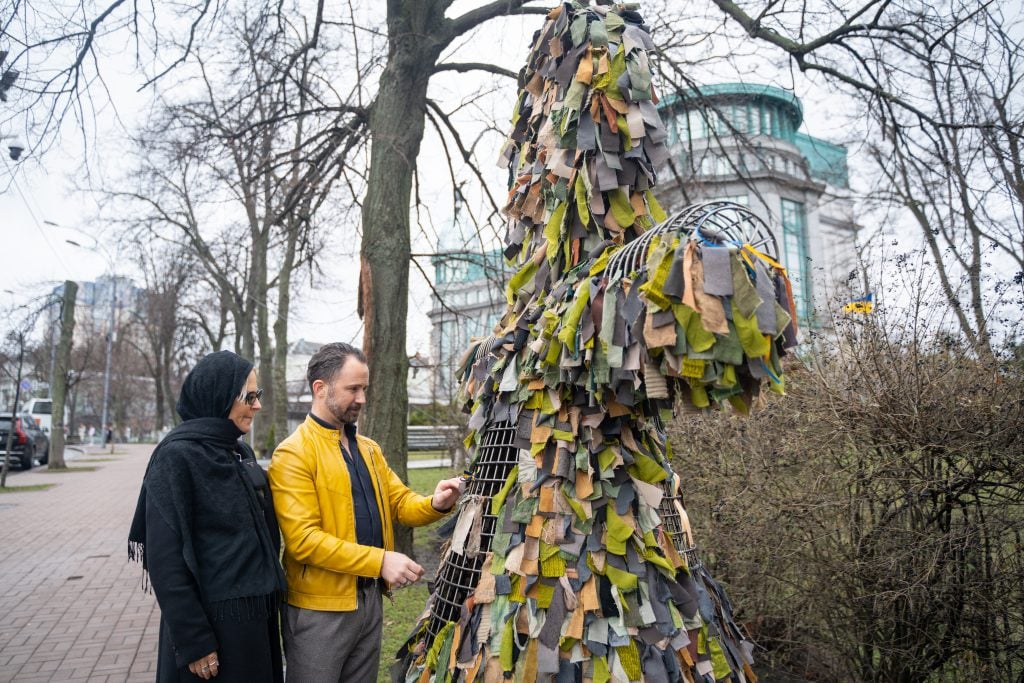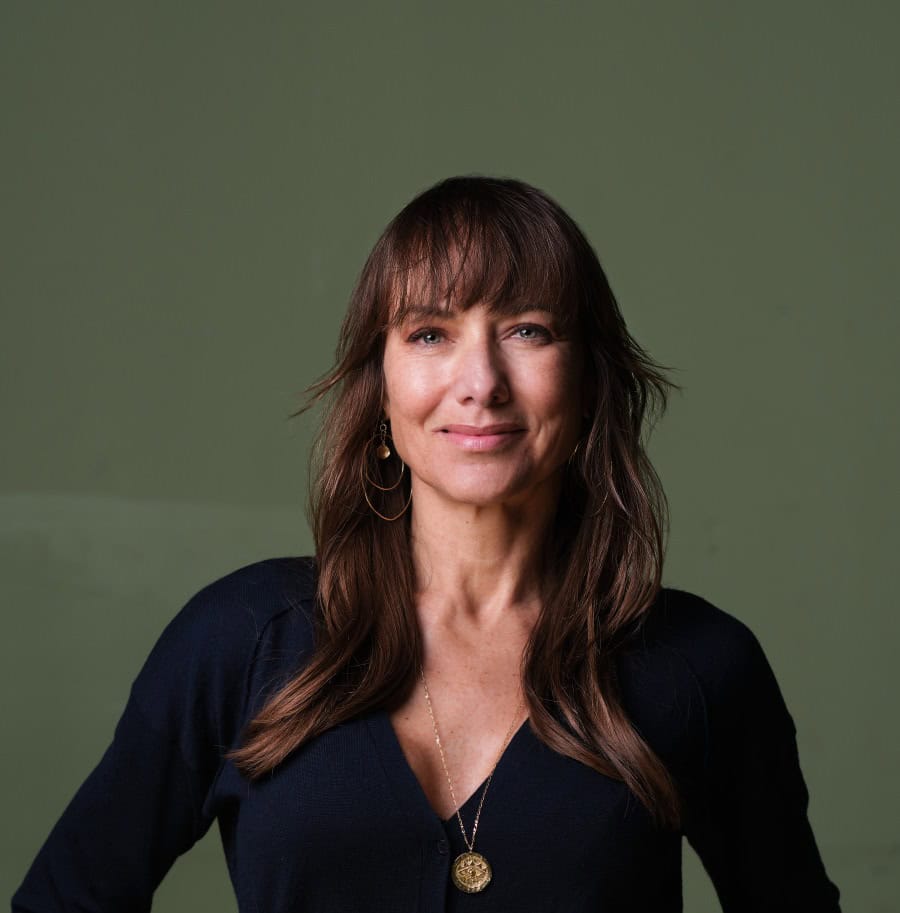Certain Uncertainty
Interview with Artist Darío Escobar
Darío Escobar, one of the most significant Central American artists to be recognized in the contemporary international scene in recent years, is embracing uncertainty in his new exhibition at Nils Stærk in Copenhagen. We met the Guatemalan artist at the gallery to talk about his exploration of the object in the space between high and low culture, between his Guatemalan roots and the global reality. By deconstructing objects, he challenges our perception of them and how they shape our everyday lives. Not with the intention to provide answers, but rather to emphasize the certain uncertainty in the life of the object – and in the world – which is a driving force in his artistic practice. During turbulent times, where change seems to be the only constant, it is in the words of Darío Escobar, “an important time to ask questions.” And so it begins… with a question.

Your exhibition Uncertainty Principle, which just opened at Nils Stærk in Copenhagen, marks the starting point of our conversation. This is your second solo presentation in the gallery. What can visitors expect of this show?
Uncertainty Principle features several sculptures made from objects used commonly for leisure activities such as chessboards and basketball hoops, which are combined with hand-crafted woodwork and elements from the cultural legacy of Guatemala and Mexico. Through this conflation of mass produced objects and those of the fine art tradition, I seek to investigate and blur the lines of high and low culture. By rethinking objects as we know them and re-contextualizing them in the gallery space, I seek to challenge our relation to the objects and the way they shape our everyday lives. Of particular interest is the process of utilizing unused objects and convert them into works of art. It is not a matter of the object’s previous history, but rather the history that is about to begin in the transformation of an object for consumption into a pure aesthetic object.
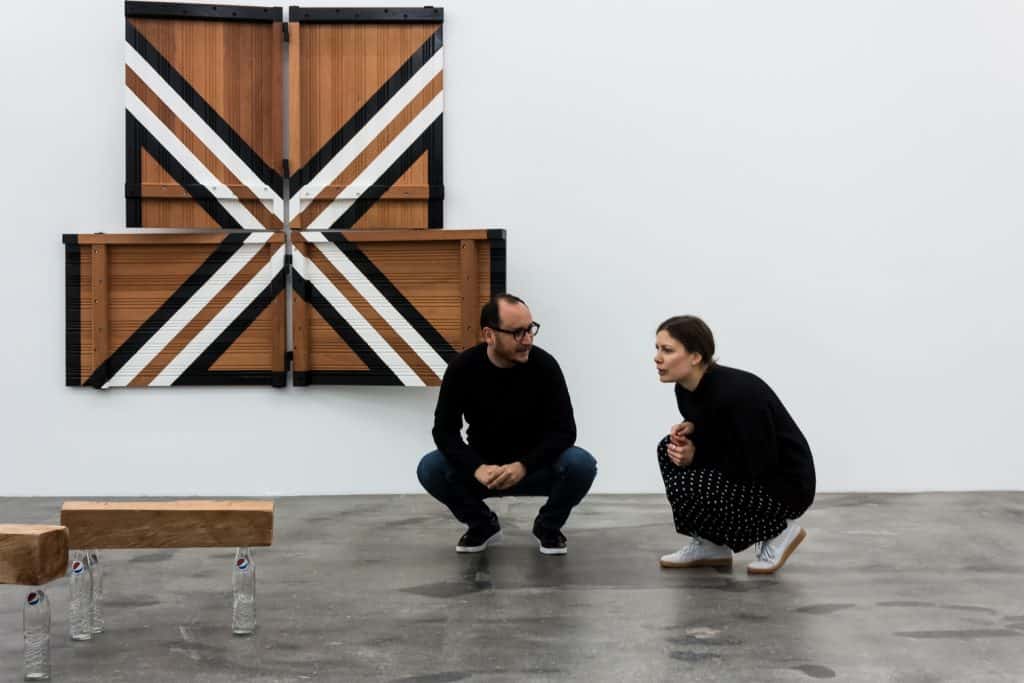
In addition to this, art history has always played an important role in my work, and I have continuously drawn on different traditions such as Minimalism in the tradition of Carl Andre, Donald Judd and Frank Stella, as well as Pop Art and the rich art history of Guatemala, which dates back thousands of years. My art constitutes a dialogue around the influences in my life, be it multinational brands permeating our contemporary culture or the motifs and styles from pre-Hispanic civilizations, which are put into the context of my personal standpoint; as a contemporary artist based in Guatemala operating in a global world.
Can you reflect a bit on the title ‘Uncertainty Principle’?
Uncertainty is a constant that appears in all artworks presented and so the title refers to the unpredictable character of forms and lines that have formed the basis for my artistic investigation. Each piece, be it a basketball hoop struggling to find equilibrium or fragile Pepsi bottles upholding monumental planks, is characterized by a sort of fickleness that forces you, both as an artist and as a spectator, to step into the unknown. You don’t know where the work will lead you or what will happen next. At the same time, Uncertainty Principle can be seen as a reflection of the state of the world. We are living in turbulent times and are confronted with a high degree of uncertainty on a daily basis. Uncertainty is a principle of life just as it is a principle of art.
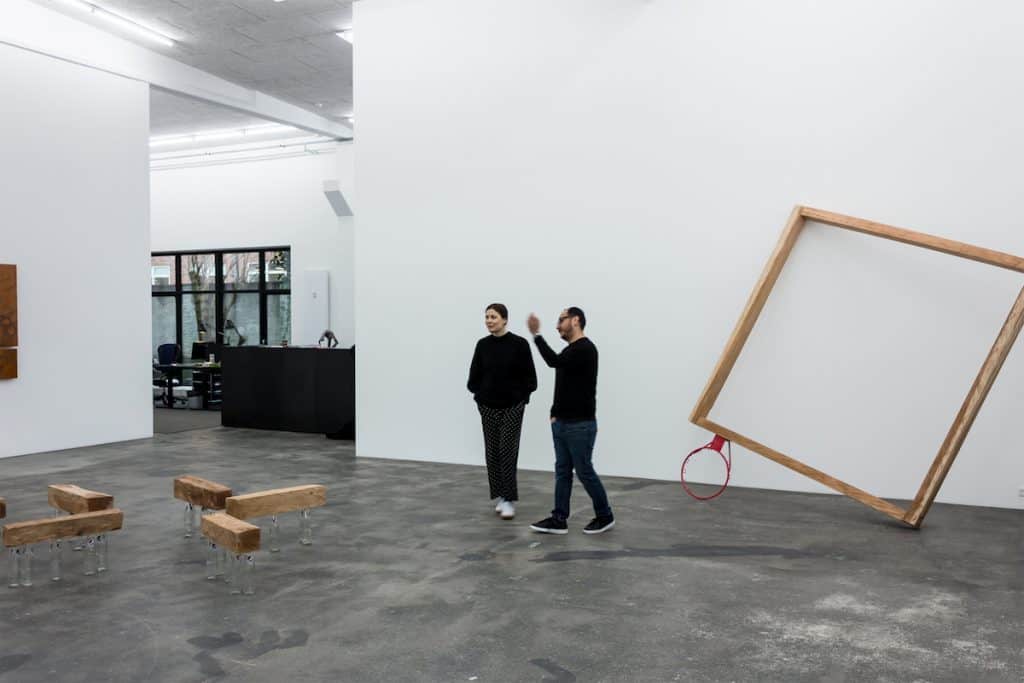
All the artworks contain woodwork, what were your thoughts about this choice of material?
By combining an organic material as wood, which is one of the oldest and most commonplace art materials, with industrial design objects formed by mechanization, a really interesting hybrid emerges. The delicate sense of handcraft reflected in the woodwork combined with the unused industrial consumer products are part of the same story and take part in the ongoing dialogue about the life of the object and the way we relate to it. The essence lies in this permeable two-way deconstruction of the nature of objects and the creation of new modes of expression.
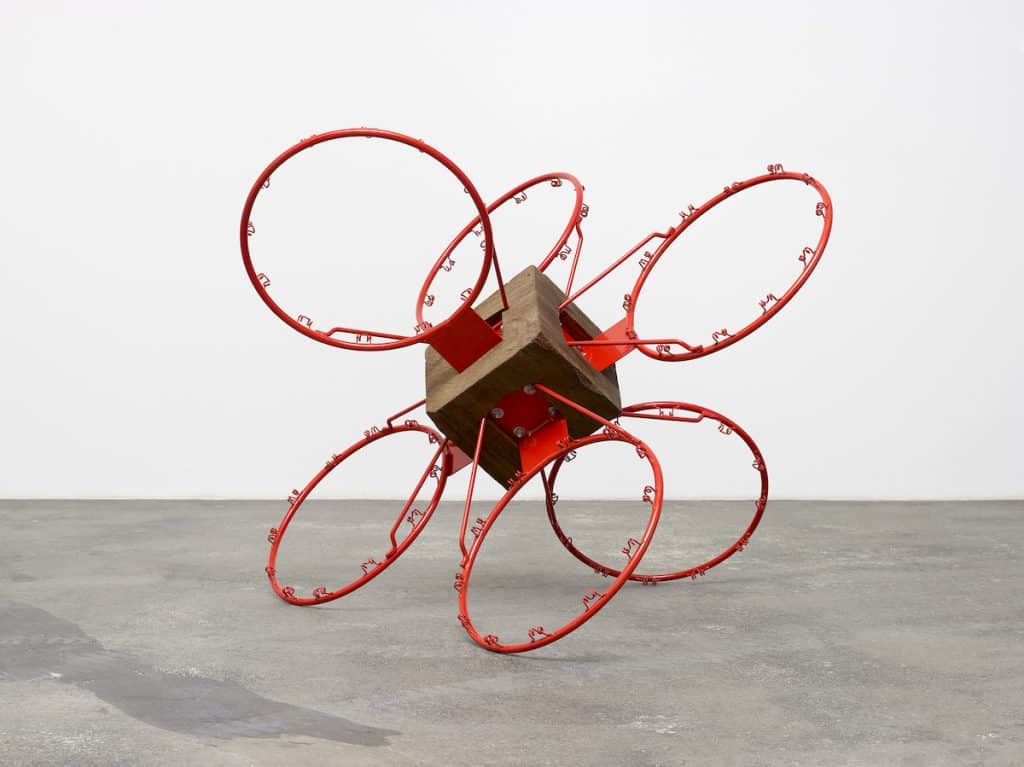
Sports equipment is a recurring element in your artistic universe. Why are you drawn to these objects?
I believe that the sports industry is inseparable from the worldwide consumerism. Multinational sports brands have become key players in a world driven by commodification, which blurs the boundaries of the global and the local. As such, sports equipment serves as a means for me to explore the complex power structures of our society, and ultimately, it is a metaphor for life. Life can be seen as a big game dividing people into winners and losers, and whether we want it or not, we are all part of this game. In the choice of my material, I seek to establish a space where the realisation of our own role as members of and contributors of this ecosystem can take place.

Today, almost everyone has access to products by global brands, and it is as if this global commercialism has resulted in a flattening out of time and hierarchy. Do you think that this reality has made us lose sense of belonging?
The fact that the object has become more and more standardized has led us to a point where we define ourselves more by what we consume than the geographical location we belong to. With this in mind, I believe that the circulation of objects has fostered new ways for people to form groups that come together around common interests, behaviors, and purchasing power. The Argentine-born academic and anthropologist Néstor Garcia Canclini talks about the emergence of ‘consumer tribes’ structured more along the lines of markets than states. As such, our sense of belonging is more about the way we consume than our geographical affiliation. So, I find it extremely important to rise above the object in itself and investigate its function – its life – in the gallery space and in our society at large.

Your practice draws both on the cosmopolitan and the local by use of forms, colors and styles from your own country Guatamala’s history and legacy. It is a kind of hybrid where the past and the present are intertwined. Can you elaborate a bit about this?
It simply seems impossible for me not to incorporate the cultural past and present of my home country into my art and life. Guatemala has always been in line with the large cultural centers despite its disadvantages and social and economic inequities, and its traditions within art has greatly influenced my work. I’ve always been interested in pre-Hispanic culture, especially the Mayan civilization that developed from Mexico through Honduras and El Salvador, passing through Guatemala, and the idea of re-contextualizing these cultures. By letting Guatamala’s history enter into a global dialogue and conflate it with the visual culture of today, interesting confrontations happen and the potentials for new meanings arise.
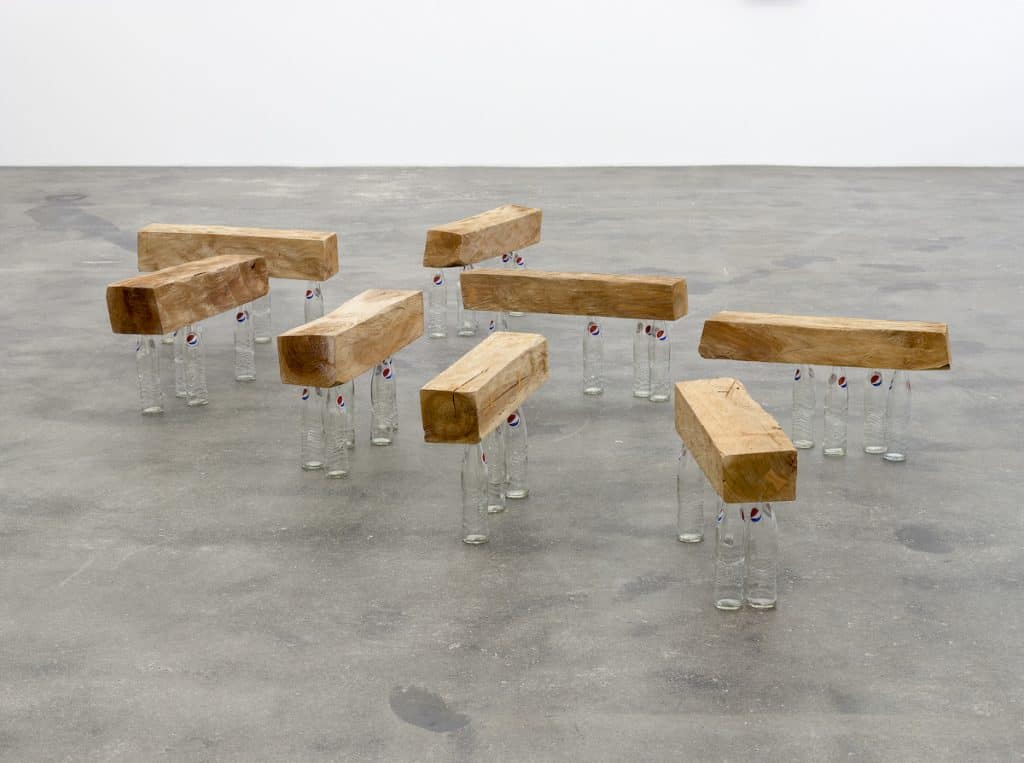
You were not originally an artist. You studied to become an architect. In an interview you once said: “I’m really glad I never studied Fine Arts because, had I studied it, I probably wouldn’t have the liberty to create the pieces I do as I wish.” A keyword in your practice seems to be freedom. Do you ever feel limited in your practice?
I studied architecture in Guatamala and eventually felt the need to focus my energy on art making. It acts as a catalyst for my creative expression. I feel privileged to be able to work in various media such a sculpture, installation, painting, and drawing as well as with different types of material. That being said, the procedure is very similar to the construction of a house in terms of, for example, creating exactly dimensions and scale models, so I definitely draw on my background in architecture and my sense of space. I believe that creativity is very much about how an individual confronts the world around him, and in that sense, the biggest limitation is yourself.
In my practice, I continually seek to challenge my own as well as others perception of the world around them, more specifically through the exploration of the object and the possibility of extending its aesthetic, functional, semiotic, and anthropological limits. For this, I need to allow myself to think with a free mind, well aware that this includes a high degree of uncertainty. That is a principle of freedom and a driving force in the constant movement towards new meanings, experiences, horizons, uncertainties…
